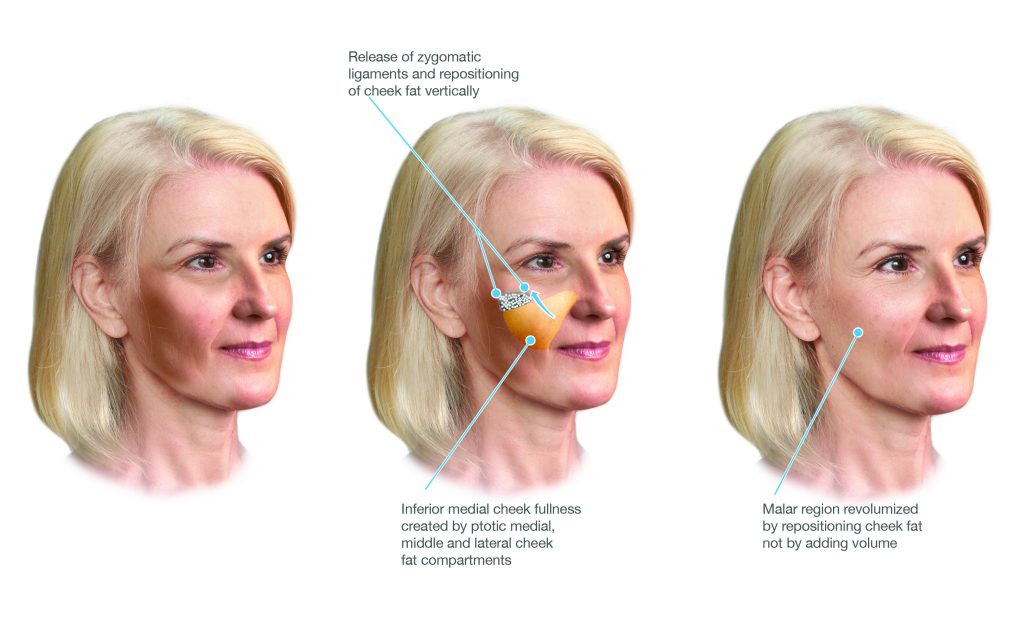
Before having a breast lift procedure, it's important to understand what you can expect from the procedure. This is a major procedure that will require a lengthy recovery. It can take several months for the final results to be visible. Some women may find the new shape uncomfortably uncomfortable. After the procedure, your breasts might feel smaller or have a different feeling. You may need to wear a different bra. To protect your wounds and minimize the chance of complications, it is important to avoid strenuous activity while you are recovering from surgery.
Asymmetry in sagging breasts
A breast lift is a cosmetic procedure that repositions sagging breasts. These procedures involve the removal and repositioning of excess skin and tissue in order to improve the breast's position. There are many factors that can cause abnormalities in sagging breasts, such as age, pregnancy and weight loss. A breast lift can improve self-esteem and body image for women with sagging breasts.
The ligaments that support your breasts may become stretched after childbirth. This can lead to sagging. This can make the breasts more noticeable after delivery. Macromastia, which can also be caused by multiple pregnancies, is common in women with sagging breasts. Hormonal changes can also cause excess skin and tissue in breasts. The estrogen levels will decrease as menopause approaches. Also, the breast milk production system may be affected which can lead to sagging.
Techniques of a breast lift
Breast lift surgery can help you regain the youthful appearance of your breasts. The breasts are removed to remove excess skin and then the tissue is tightened and supported. This gives the breasts a firmer appearance. There are many techniques and incisions that plastic surgeons can use to complete this procedure. This article will cover some of the more common methods.

There are three main methods. The anchor technique is the standard breast lift. This involves making three small incisions at the nipple. This allows the surgeon a greater amount of tissue to be removed during surgery.
Results of a breast-lift
A breast lift, also called mastopexy, can be a cosmetic surgery procedure to tighten and lift sagging breasts. To create a more youthful, balanced appearance, the procedure will also reposition your areola and nupple. Breast sagging can be corrected with the surgery.
A breast lift can improve self-esteem, posture, spinal health, and overall appearance. Breast lifts are not without risks. The risks of surgery include infection, scarring, and post-operative bleeding. It is also important to note that aging and significant weight fluctuations will affect the results. Recovery can take several months.
Breast lift complications
Changes in breast sensation, breast size and shape changes, as well bleeding can all be complications of a breastlift. There may be nipple, or areola, loss. Because breast lifts can be considered cosmetic procedures, insurance companies do not cover them. Mastectomy reconstruction is the only exception to this rule.
While the risks of breast lifts are minimal, it is important to be aware of them. Asymmetry of the breasts, bleeding, and infection are just a few of the complications. You will also need to follow post-op instructions carefully, including refraining from smoking, avoiding certain medications, and taking antibiotics as directed. It is important to allow for a four-to six-week recovery. You should limit strenuous activity and stop lifting heavy objects during this time. A caregiver may be needed to take care of your children.

Cost of a breast lift
The cost of a breast lift will vary, and you should ask your plastic surgeon for a detailed quote before the procedure. The cost may include the surgeon's fee, as well as prescription medication, post-surgery garments, and medical tests. You may need to pay additional staff or supplies. A major component of any procedure is anesthesia. Some plastic surgeons employ a board-certified nurse anesthesiologist.
Depending on where you live, the cost of plastic surgery can vary widely. In order to pay their overhead, surgeons in higher-priced areas usually charge more. It is possible to travel to lower-priced areas if you are able to find a surgeon who has experience and charges a low overhead.